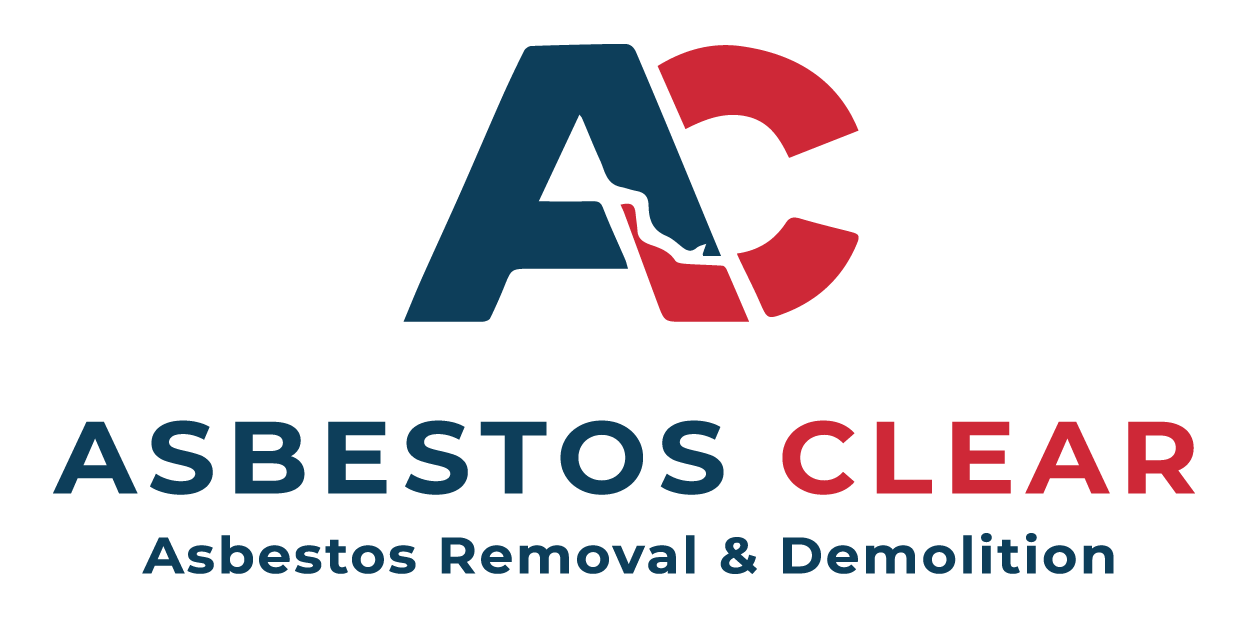Asbestos testing involves taking samples of suspect building materials, like insulation or flooring, and sending them to a specialized laboratory for analysis to detect the presence of microscopic asbestos fibers. This process is critical for identifying asbestos-containing materials (ACMs), which can pose serious health risks such as lung disease and cancer, enabling informed decisions for safe management, removal, and to protect workers and occupants during renovations or demolition.
- Phone: 04 5556 5164
- Email us: info@asbestosclear.com.au
- Working Hours: 6:30 am to 5:00 pm
Asbestos Testing
Asbestos Testing

Why is Asbestos Testing Performed?
- Health Hazard: Asbestos fibers, when inhaled, can cause serious and potentially fatal diseases like mesothelioma, asbestosis, and other lung cancers.
- Renovation/Demolition Safety: Before starting work on older buildings, testing is essential to identify ACMs that could be disturbed, leading to the release of harmful fibers into the environment.
- Compliance: Testing helps building owners and professionals comply with regulations and create proper management plans to control and remove ACMs safely.
The Asbestos Testing Process
- Inspection & Sampling: A trained professional or consultant inspects the property and takes small samples of suspect materials (e.g., ceiling tiles, insulation, flooring, paint).
- Safety Precautions: During sampling, the material is often wetted with a fine mist of water to prevent the fibers from becoming airborne and to minimize exposure.
- Lab Analysis: The collected samples are sent to a certified, accredited laboratory for analysis.
- Specialized Techniques: Laboratories use techniques like Polarized Light Microscopy (PLM) to identify and quantify asbestos fibers.
- Lab Report: The lab issues a report detailing which samples contain asbestos, the type of asbestos present, and the percentage of asbestos in the material.
What Happens After Testing?
- Risk Management: If ACMs are identified, building owners can develop a management plan, which might include leaving the material in place if it’s undisturbed, or arranging for its safe removal by a licensed contractor.
- Clearance Testing: After asbestos removal, air samples may be taken to ensure the area is safe to reoccupy and that no harmful levels of fibers remain.
